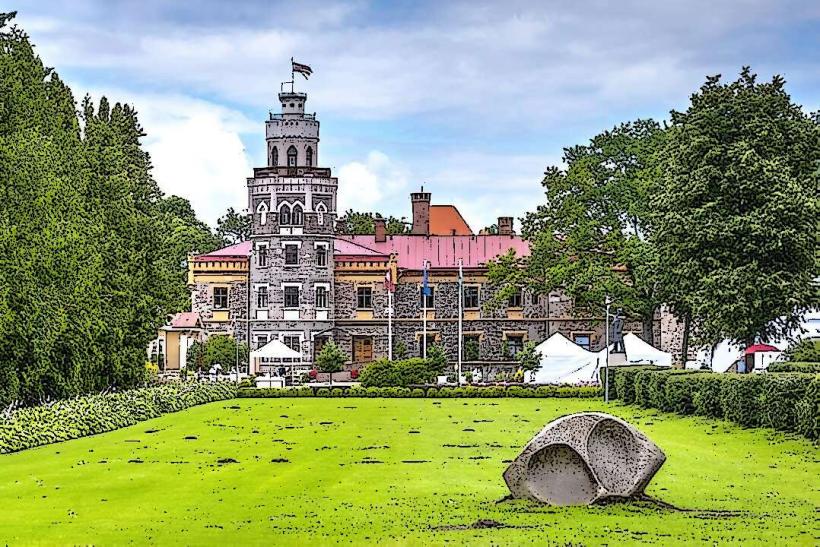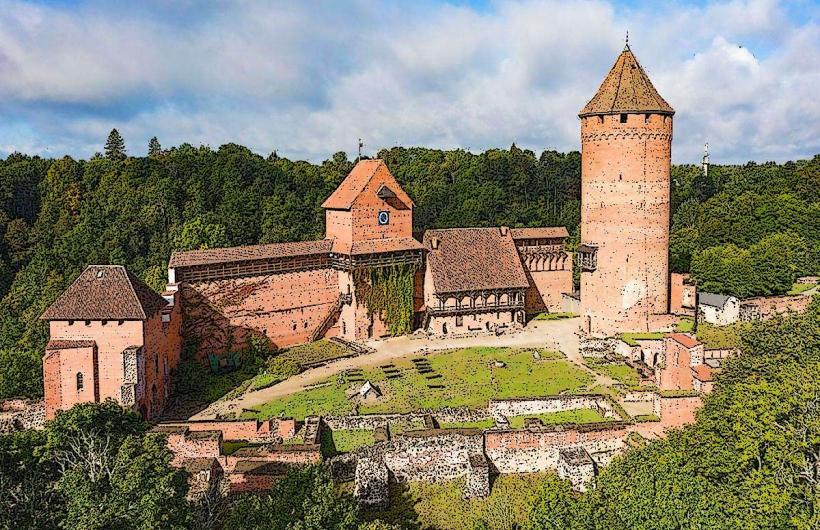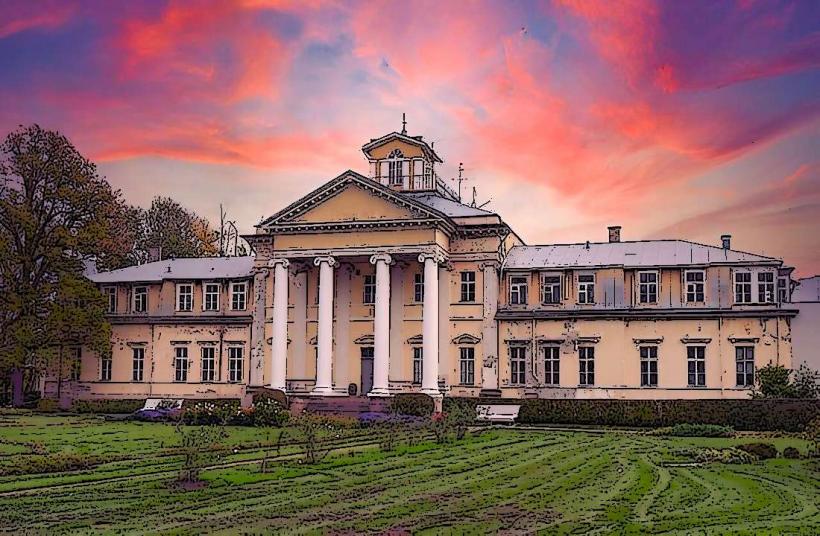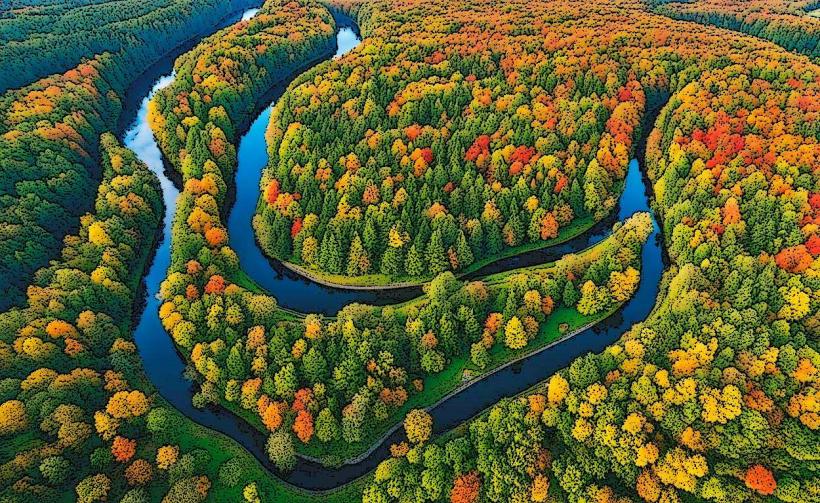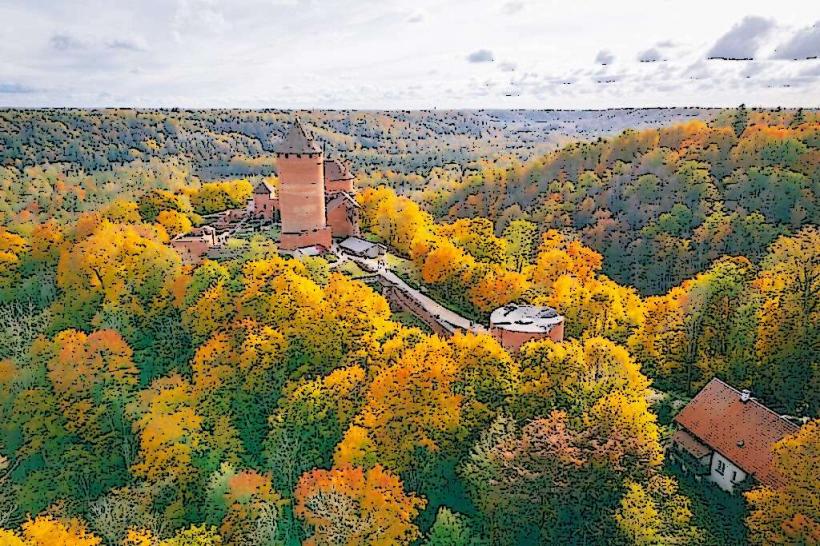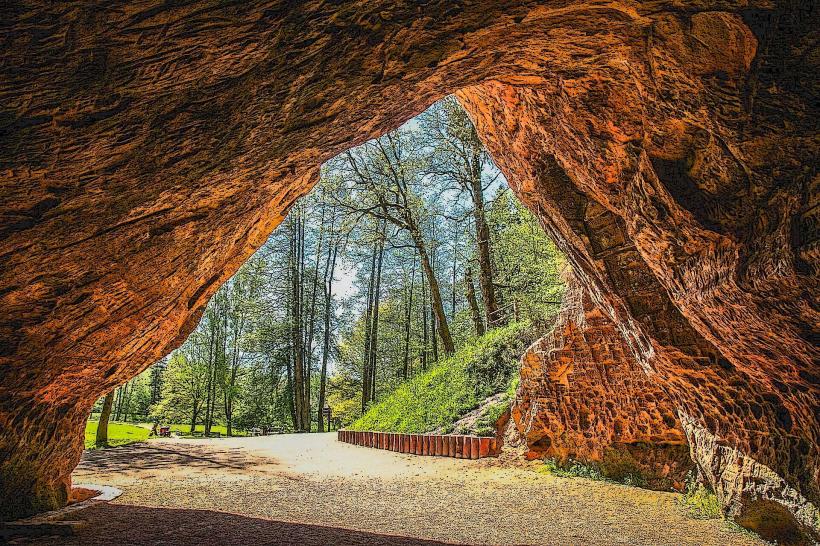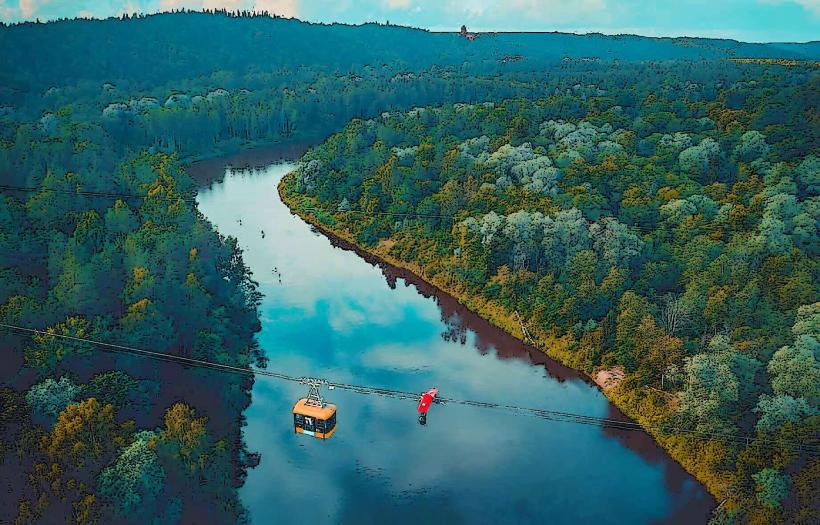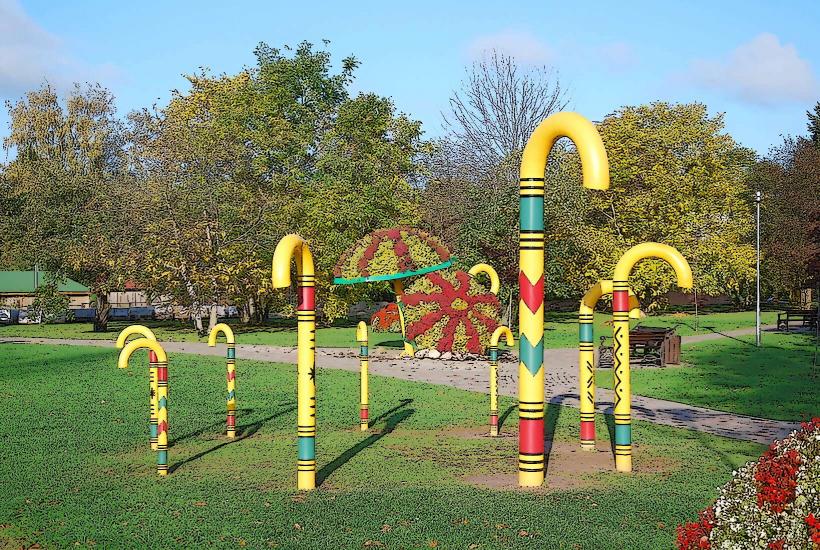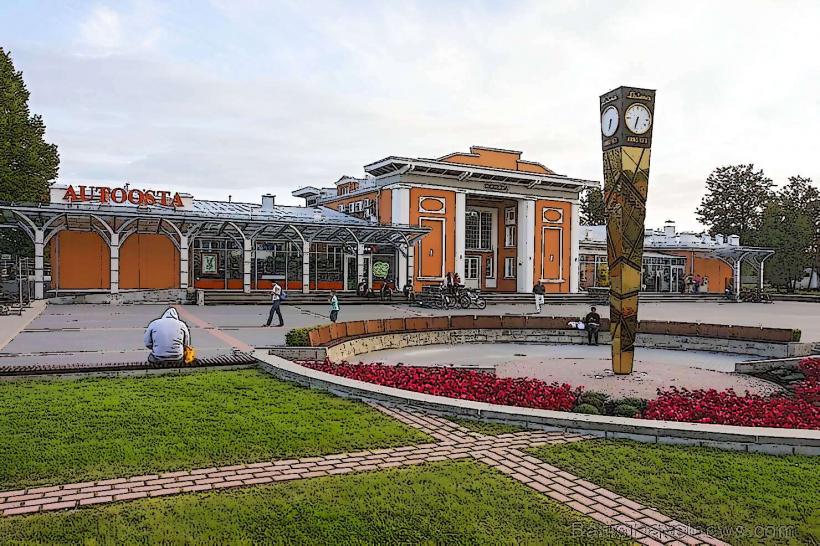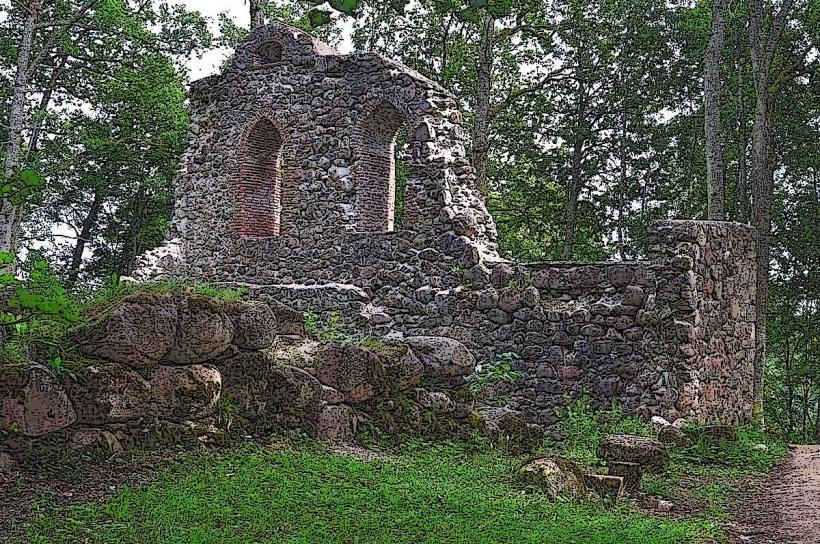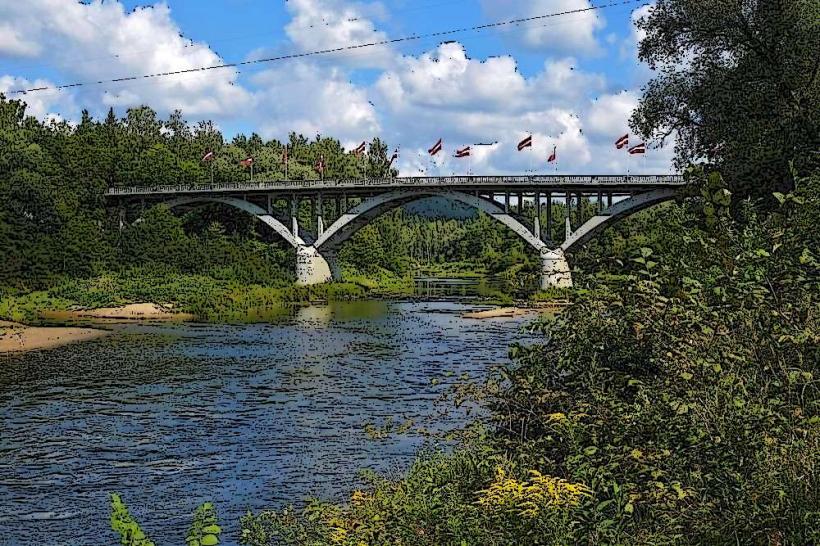Information
Landmark: Sigulda Medieval Castle RuinsCity: Sigulda
Country: Latvia
Continent: Europe
Sigulda Medieval Castle Ruins, Sigulda, Latvia, Europe
Overview
In the heart of the Gauja River Valley, the weathered stone walls of Sigulda Medieval Castle stand as one of Latvia’s most iconic landmarks, tucked inside Gauja National Park in the town of Sigulda, moreover these weathered stones are all that remain of the original Sigulda Castle, a 13th‑century stronghold the Livonian Order built during the Northern Crusades.Back in 1207, the Livonian Order-a militant brotherhood determined to spread Christianity and tighten its grip on the Baltic-built Sigulda Castle, its stone walls rising above the frosty river valley, moreover perched on the banks of the Gauja River, it commanded the waterway and offered a perfect vantage point to spot approaching enemies, soon becoming the region’s strongest fortress.Over the centuries, the castle saw walls rise and crumble more than once, stone dust hanging in the air after each collapse, along with when the Livonian Order fell in the early 1500s, Sigulda Castle changed hands, claimed at different times by Polish lords and Swedish nobles who walked its crisp stone halls.In the 17th century, war battered the castle, especially during the clashes between Sweden and Russia, leaving its stone walls cracked and blackened, equally important over time, sections of the castle stood empty, and ivy crept over crumbling stone as it slowly fell into ruin.Today, the weathered stone walls of Sigulda Castle stand as a striking example of medieval military design, then the castle first rose from a mix of rough-hewn stone and sturdy timber, its heart a towering keep surrounded by thick walls and watchful towers.They built the structure to work as both a fortress and a home for the Livonian Order’s knights, its stone walls thick enough to keep out winter winds, as well as the Keep, or Donjon, rose at the castle’s center, serving as both home and fortress, its stone walls anchoring the life and strength of Sigulda Castle.The foundation still holds firm, but everything above it has vanished, leaving only rough stone at your feet, in turn if you saunter around the base, you can still feel the scale of the building and imagine what it was once used for.Defensive Walls and Gates: Thick stone walls ringed the castle, built to hold firm against sieges and the pounding of enemy rams, after that parts of the walls still stand, and you can spot the worn stone foundations and the crumbling outlines of gates that once guarded the fortress.Moat and Fortifications: A wide moat ringed the castle, its murky water a barrier that kept would‑be invaders at bay, equally important you can still spot the outline of the moat, along with the crumbling ramparts and weathered bastions that once guarded the walls.Today, the weathered stones of Sigulda Medieval Castle draw crowds, giving visitors a vivid glimpse into Latvia’s distant medieval past, likewise the ruins sit in a elegant landscape, overlooking the winding Gauja River and the green sweep of a forested valley, drawing visitors who come for history, architecture, and the quiet pull of nature.You can wander the ruins at no cost, stepping through crumbling walls, crossing the quiet inner courtyard, and roaming the open grounds beyond, also you’ll also find informational plaques and a few petite exhibits that tell the castle’s story, including its role during the time of the Livonian Order, fairly From the castle grounds, a lookout opens onto the Gauja River valley, its green slopes rolling away into the distance, with the red towers of Turaida Castle rising just beyond, then sigulda Castle held real power in the region during medieval times, its stone walls guarding the valley and the people below, slightly often From what I can see, Part of the Livonian Order’s chain of stone fortresses, it helped lock down the region during the Northern Crusades, on top of that today, the crumbling stone walls stand as a lasting reminder of the area’s military might and rich cultural past.The ruins hold deep historical significance for Latvia, telling the story of shifting power in the region-from the chill of Swedish rule to the long shadow of Russian control, besides in the 17th century, Sigulda Castle was left to crumble, its stones weathered by wind and rain-a stark reminder of the region’s turbulent political shifts, not entirely Today, you can wander the Sigulda Castle Ruins, now folded into the larger Sigulda Castle Complex, which also holds the 19th-century Sigulda fresh Castle with its pale stone walls, equally important the medieval ruins, crumbling stone against sleek glass, stand in sharp contrast to the modern buildings, and they’re a must-discover for anyone passing through.Visitors can wander among the crumbling stone walls, taking in the site’s rich history while pausing to admire the sweep of hills beyond, to boot perched high on a hill above the Gauja River, the castle gives visitors a chance to wander the wild beauty of Gauja National Park, from winding forest trails to Gutmanis Cave-the largest in the Baltic States.The crumbling walls of the Sigulda Medieval Castle aren’t just stones piled in the wind-they stand as a proud symbol of Latvia’s medieval past, its hard-fought battles, and the centuries of change under foreign rule, in turn latvian literature, art, and folklore often return to the ruins, weaving them into stories and songs; they’re still a proud symbol of national identity, tied closely to the Livonian Order and its mark on the Baltic region, occasionally The ruins of Sigulda’s medieval castle rise against the sky, a vivid reminder of Latvia’s past, inviting visitors to wander its weathered stone walls and take in the surrounding forest and river views, not only that whether you’re drawn to architecture, curious about history, or simply love nature, the ruins invite you in with crumbling stone walls and sweeping views of the Latvian countryside.
Author: Tourist Landmarks
Date: 2025-09-07

